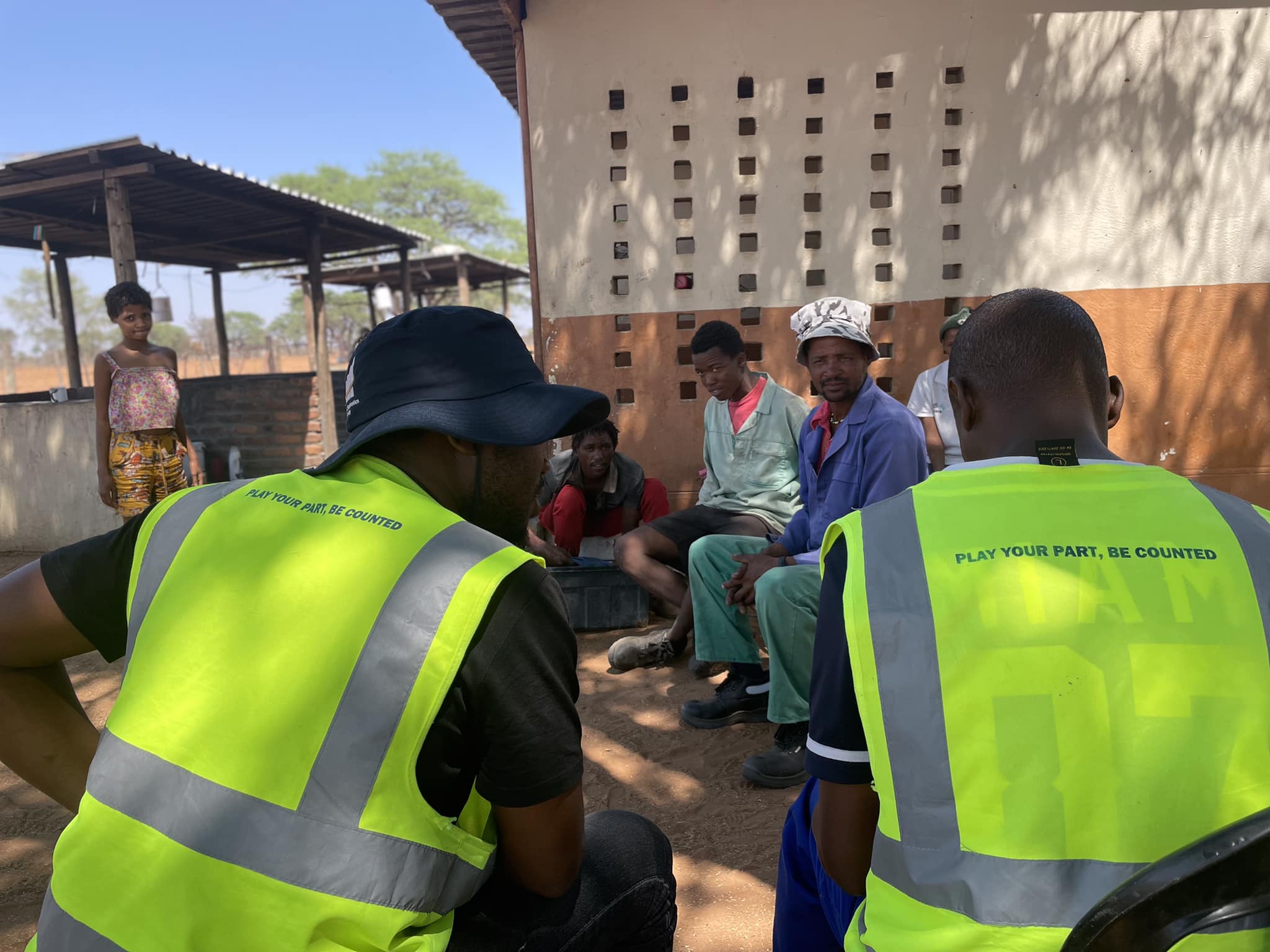Understanding census data
New population statistics unpacked
Namibia's population has passed the three-million mark, increasing by more than 100% since independence in 1990.
The preliminary results for the 2023 Population and Housing Census were released on 13 March, and now Namibia’s population has reached the three-million mark. Comparing this growth to previous censuses shows us that in 1991, Namibia’s population stood at 1.4 million people. In 2001, the population rose to 1.8 million, and during the previous census in 2011, the population stood at 2.1 million people. As of 2023, the preliminary population of Namibia stands at 3 022 401 people.
The population count includes all people who were present in Namibia during reference night, and is not limited to only Namibian citizens. Once the main report is out later in the year, it will be possible to fully understand the composition of the Namibian population.
In terms of rural and urban population dynamics, the population is clearly moving into urban areas as the population in urban areas increased by 65.6% since the last census, while the rural population increased by 26.3%.
This obviously gives town planners serious things to think about as most of the people coming into the urban areas require, and expect, services from respective town councils.
The population proportions by age are also significant.
Currently, 37% of the population consists of people between the ages of 0 and 14 years. The working age population, 15 to 59, stands at 56.1%, while the population of those above 60 stands at 6.8%. The ones aged between 15 and 34 which stand at 34.1%, while those under the age of 35 comprise 71.1% of the population.
Households
In terms of the number of households, Namibia has also seen an increase - from 464 839 in 2011 to 756 339 in 2023.
The average household size is declining, though, as people tend to have fewer children these days than in the past. Hence, the figure declined from 4.4 persons per household to 3.8.
Regional statistics tell us that Khomas is still the most populated region with close to half a million inhabitants. The exact figure stands at 494 605 people. This is closely followed by the Ohangwena and Omusati regions, which have populations of 337 729 and 257 302 respectively.
The least populated region in Namibia is Omaheke, which has a population of 102 881 people, and this is closely followed by //Karas with 109 893 inhabitants.
Analysing the population trend since the last census in 2011, we can see that the Erongo, Kavango East and Zambezi regions experienced a population percentage change growth of 59.3%, 59.6% and 57.3% respectively. The lowest percentage change was experienced in the Oshana, Omusati and Hardap regions with 30.6%, 30.2% and 34.2% respectively.
In terms of the sex ratio, women still outnumber men in Namibia. Essentially, for every 100 women, there are 95 men in the country. This figure changes from region to region, though, as the number is higher in some areas than others.
Going forward, the Namibia Statistics Agency will continue to release more data from the census, which will include the 14 regional reports, the labour force report - which will contain an in-depth analysis of economic activity - and the population atlas. Other data to be released are fertility, mortality and migration reports as well as population projections. All these statistics will be available and the nation is more than welcome to request these for their own use. Once again, thank you for participating in the census as you enabled the collecting, production, analysis and dissemination of statistics for development.
*Iipumbu Sakaria is the manager of corporate communications at the Namibia Statistics Agency.




